Worms, bees, birds, flowers and veggies star in a new series to celebrate stamp collecting month
Worms, bees, birds, flowers and veggies are the stars of Australia’s stamp collecting month, when sustainable gardening and stamp collecting get together to grow something great
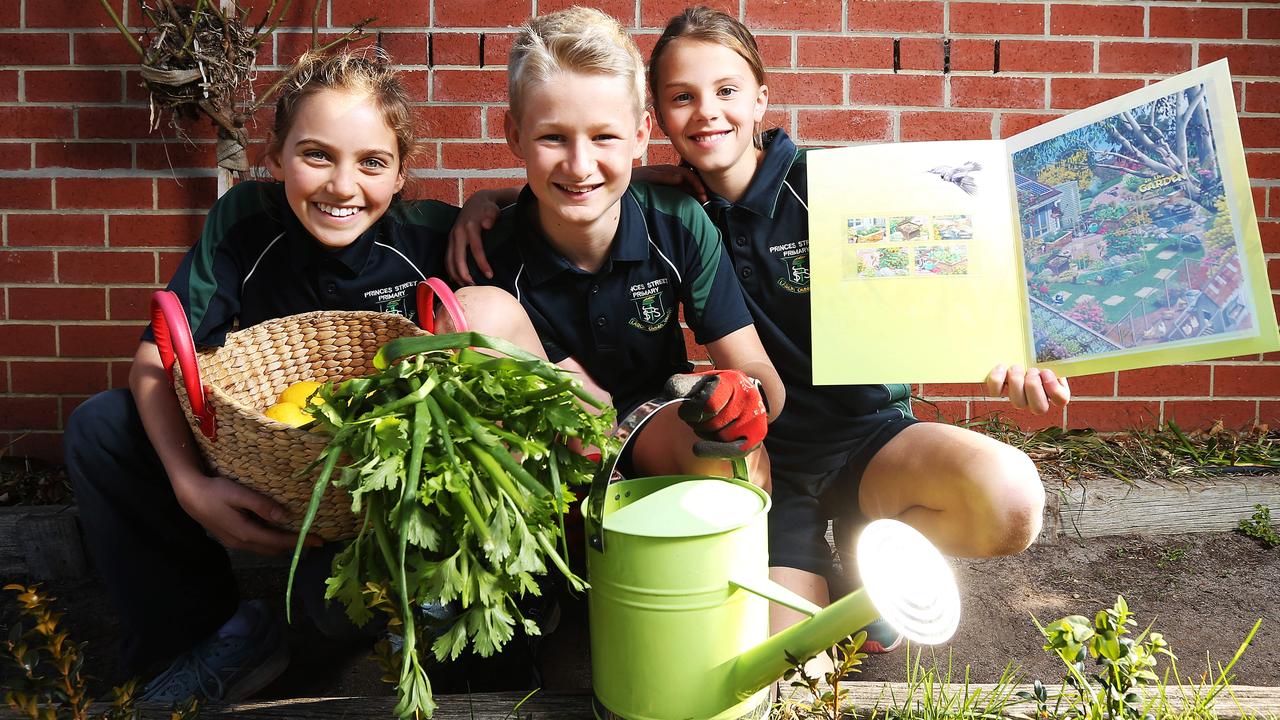
READING LEVEL: GREEN
August is stamp collecting month in Australia.
This year’s theme is In the Garden.
As well as inspiring people to start collecting stamps, the goal is to get people involved in sustainable* gardening.
To celebrate 2019 stamp collecting month, Australia Post has released a series of five special stamps about sustainable gardening. They were designed by children’s book illustrator Andrew Hopgood.
Stamp Collecting Month Ambassador is chef and kitchen garden champion Stephanie Alexander, who works to help children learn how to grow and cook good food. Every week, schoolkids in every state and territory of Australia garden or cook yummy meals as part of the Stephanie Alexander Kitchen Garden program.
“The sustainable gardening theme provides students and teachers across the country with the opportunity to learn more about environmental sustainability, kitchen and edible* gardening, plant and animal life cycles, and biodiversity*,” Ms Alexander said.
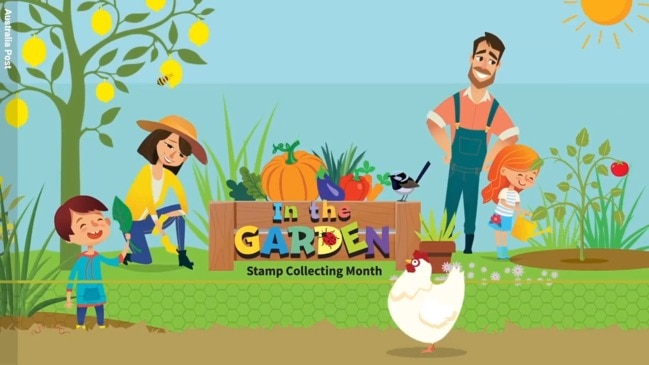
IN THE GARDEN STAMPS
The series of five stamps was developed with the help of Australian school kids and their teachers, as well as a not-for-profit group called Sustainable Gardening Australia.
The stamps are each $1 and the illustrations are part of a sustainable garden scene. The stamp topics are: rainwater garden, nest box, worm farm, pollinators* and veggie garden.
The stamps are available to buy from Australia Post and you can also start to look out for them each time you get some mail.
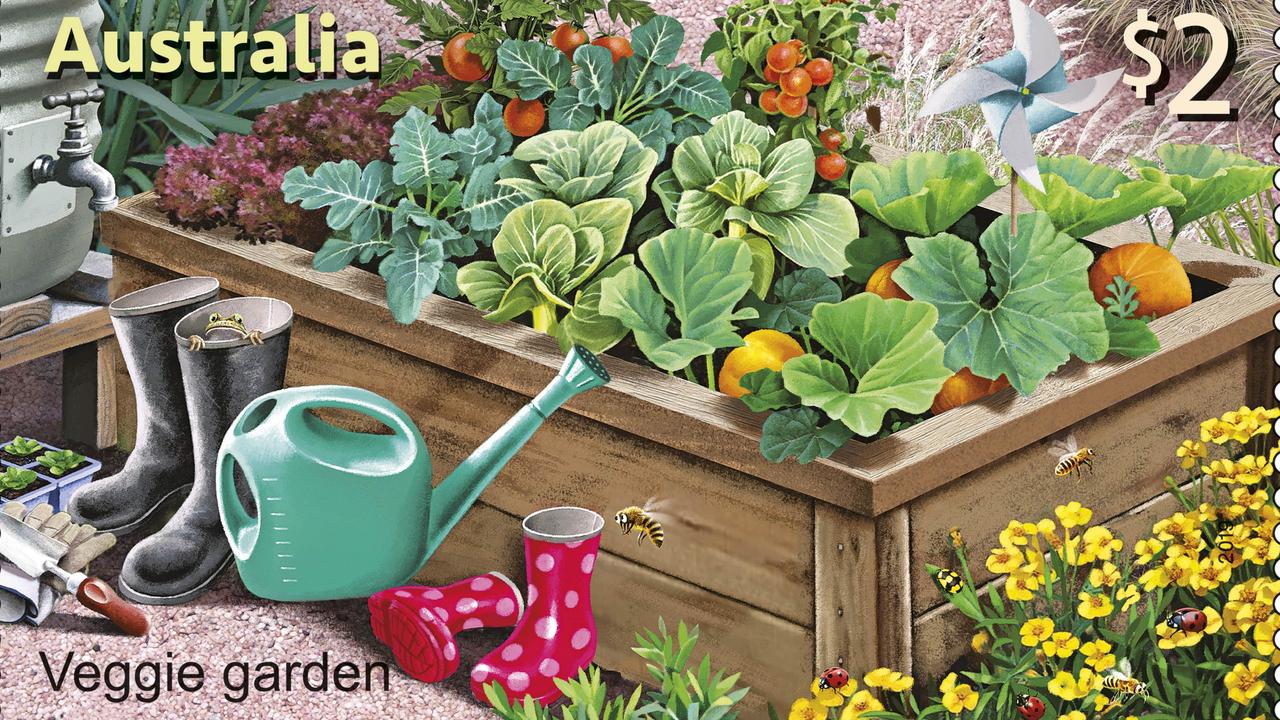
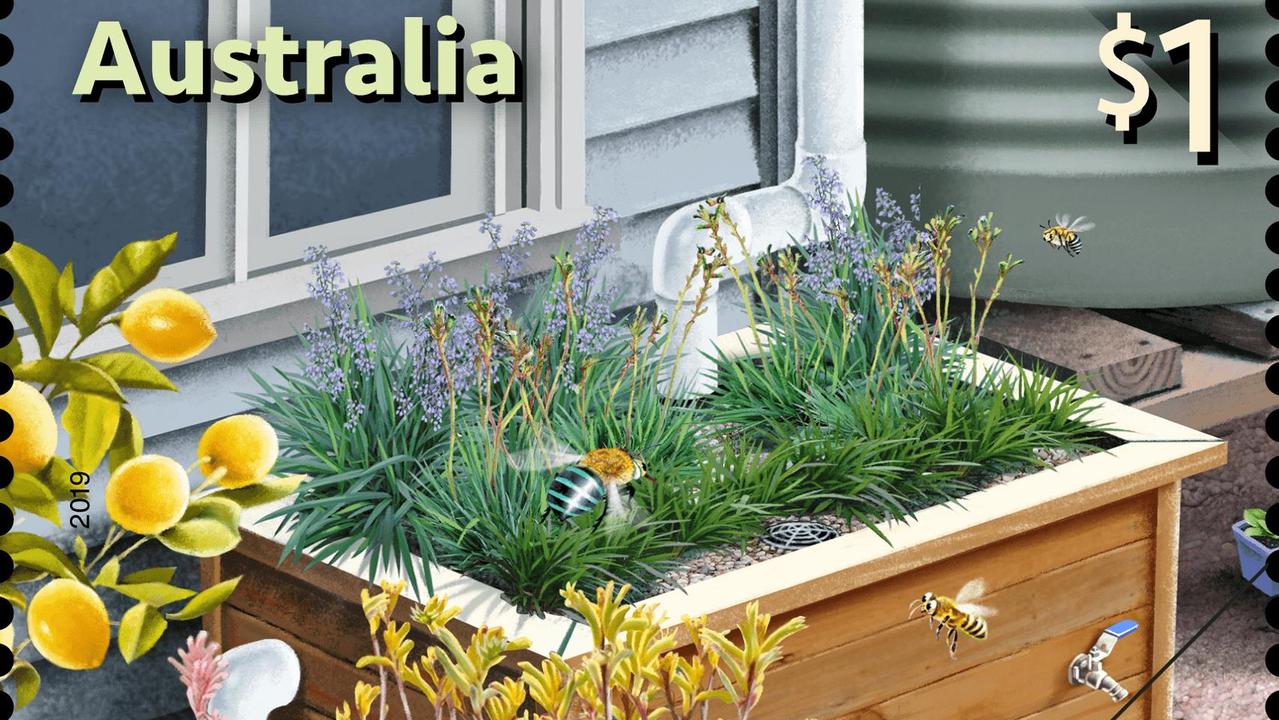
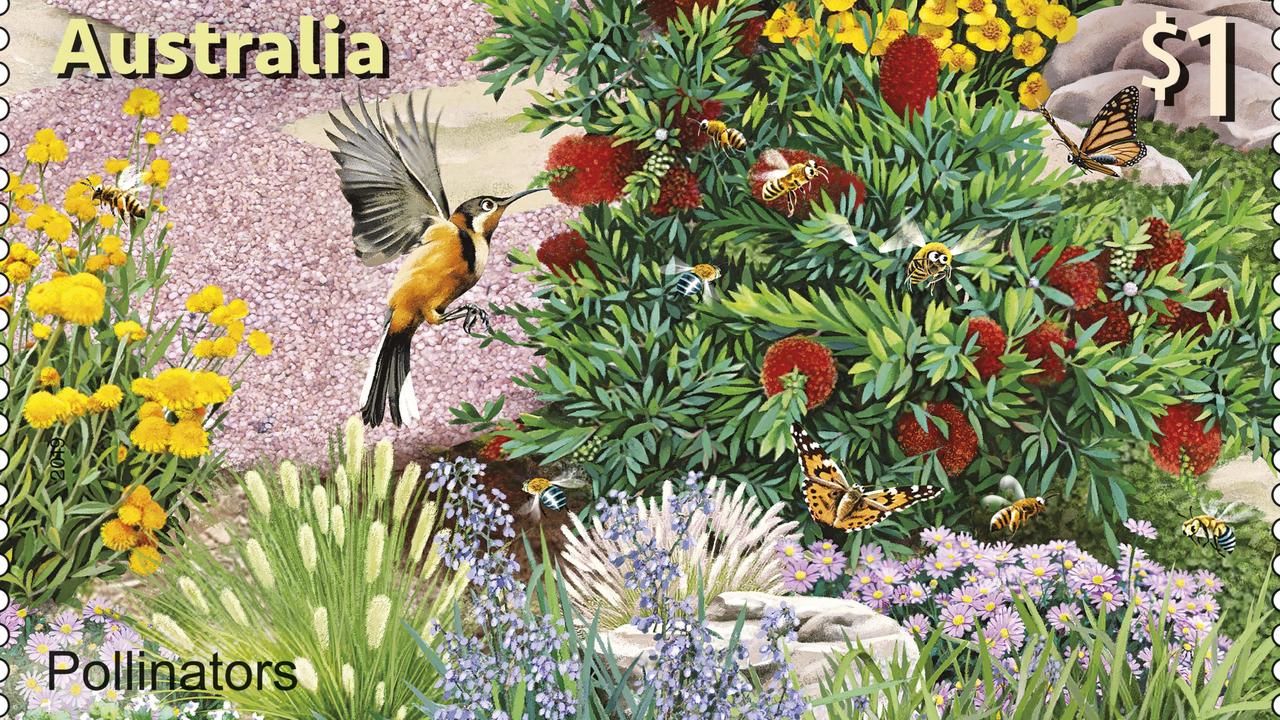
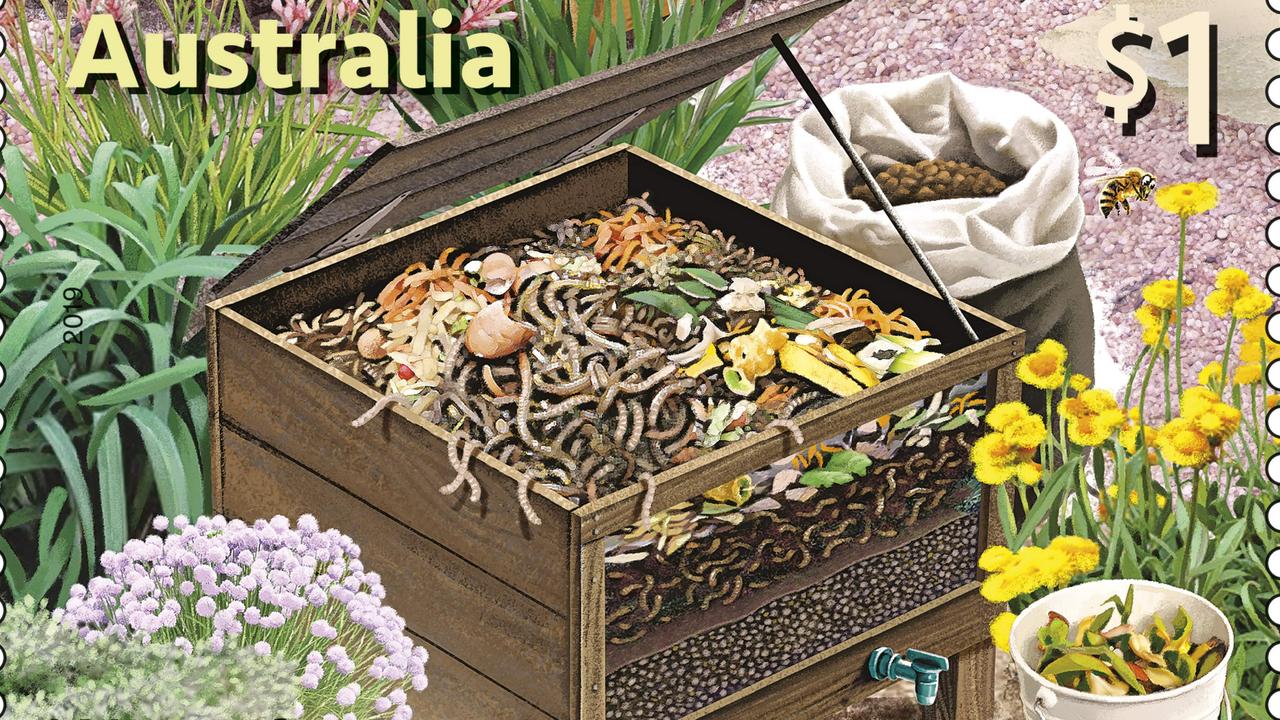

COOL STAMP COLLECTING WORDS
- Philatelist: a person who loves postage stamps; also used to describe a person who studies and collects postage stamps
- Philately: the collection and study of postage stamps, pronounced fill-at-elly
There are at least one million stamp collectors in Australia. That’s a lot of philately going on!
HOW TO START COLLECTING
The best thing about collecting stamps is there are no rules!
Instead of rules, we’ve compiled a few tips to help you get the most enjoyment out of your new hobby.
1. It could help to decide if you’d like to collect used stamps, new stamps or both. The great thing about used stamps is that you don’t need to spend any money to get started.
2. Decide if you’d like to collect every stamp you possibly can or if you’d prefer to choose a theme. Some theme ideas are: Australian stamps, overseas stamps, Christmas stamps, animal stamps, bird stamps or stamps with people on them.
3. Ask grandparents and parents if they have stamp collections they no longer want that could kickstart your own collection. Charity shops sometimes have old collections for sale.
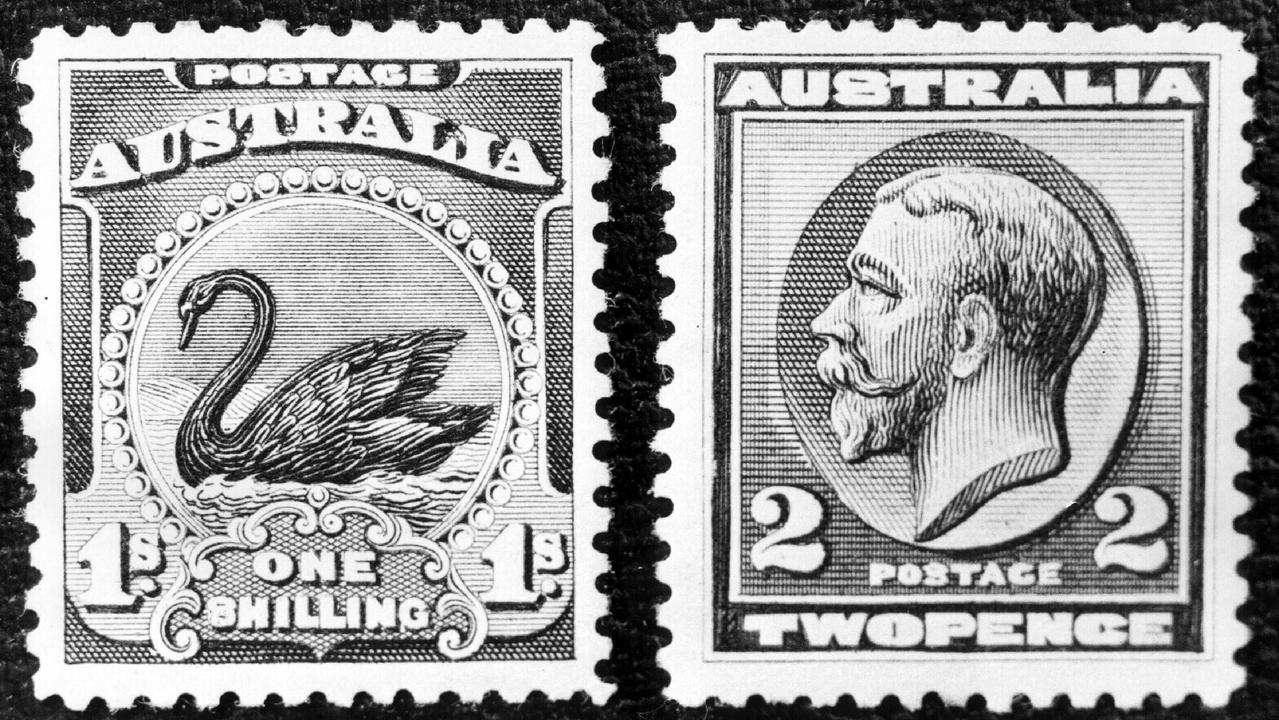
4. Find a safe way to store your stamps. A clean shoebox with a lid is a good start. If you still really love collecting stamps after you’ve been doing it for a while, consider buying a stamp album to store your stamps in. Australia Post sells albums.
5. Handle your stamps with care. Tweezers are much better than your fingers so you don’t make your stamps dirty.

6. If you are collecting used stamps, consider leaving them on at least part of the envelope. If you do cut around the stamp, never cut ANY of the perforations* off the sides of the stamp, as this makes them worthless.
7. Never fold stamps.
8. Used stamps are usually stuck to the envelope with water-soluble* glue. New but used stamps need to be soaked for up to 30 minutes in very hot water to dissolve the glue. Old used stamps and some used stamps from overseas just need a soak in warm water for a few minutes. In both cases, carefully remove the stamp from the water with tweezers, peel off the envelope paper and leave the stamp to dry, face-up, on some blotting paper or a clean, dry piece of scrap fabric such as cotton.
WORLD’S FIRST STAMP
The Penny Black was the world’s first adhesive* postage stamp used in a public post system. It was issued in the UK in 1840 and shows a profile image of Queen Victoria.
A Penny Black in mint* condition can be worth up to $900.

GLOSSARY
- sustainable: doesn’t need outside inputs or make waste that it can’t use up itself
- edible: can be eaten
- biodiversity: the variety of plant and animal life in a setting
- pollinators: insects and other animals that transport pollen grains from one plant to another to help the plant reproduce
- perforations: holes
- water-soluble: dissolves in water
- adhesive: glue
- mint: perfect
EXTRA READING
Reef survival gets stamp of approval
Kids need to learn cooking skills
Our insects are in big trouble
Bees know how to do basic maths
QUICK QUIZ
- Which month is stamp collecting month?
- How many stamps are in the In the Garden series and how much do they cost each?
- Who or what is a philatelist?
- Is it a good idea to fold stamps or cut the edges off?
- What is a Penny Black? How old is it?
LISTEN TO THIS STORY
CLASSROOM ACTIVITIES
1. Visual instructions
Show that you have understood the information about stamp collecting by writing a simple set of instructions (with an accompanying diagram for each step) that shows the process for removing a used stamp from its envelope and then how to store and handle the stamp. Your instructions should rely mostly on pictures with only as many words or numbers as are absolutely necessary.
Time: allow 20 minutes to complete this activity
Curriculum Links: English
2. Extension
Watch the video explaining the sustainable garden scene featured on the In the Garden stamp collection. Make a list of all of the sustainable features included in the scene and write a phrase or sentence to explain how each feature helps the environment.
Time: allow 15 minutes to complete this activity
Curriculum Links: English, Science
VCOP ACTIVITY
The glossary of terms helps you to understand and learn the ambitious vocabulary being used in the article. Can you use the words outlined in the glossary to create new sentences? Challenge yourself to include other VCOP (vocabulary, connectives, openers and punctuation) elements in your sentence/s. Have another look through the article, can you find any other Wow Words not outlined in the glossary?
HAVE YOUR SAY: Do you collect stamps? Would you consider starting? Do you have a veggie garden at home or school? Would you like to start one?
No one-word answers. Use full sentences to explain your thinking. No comments will be published until approved by editors.

